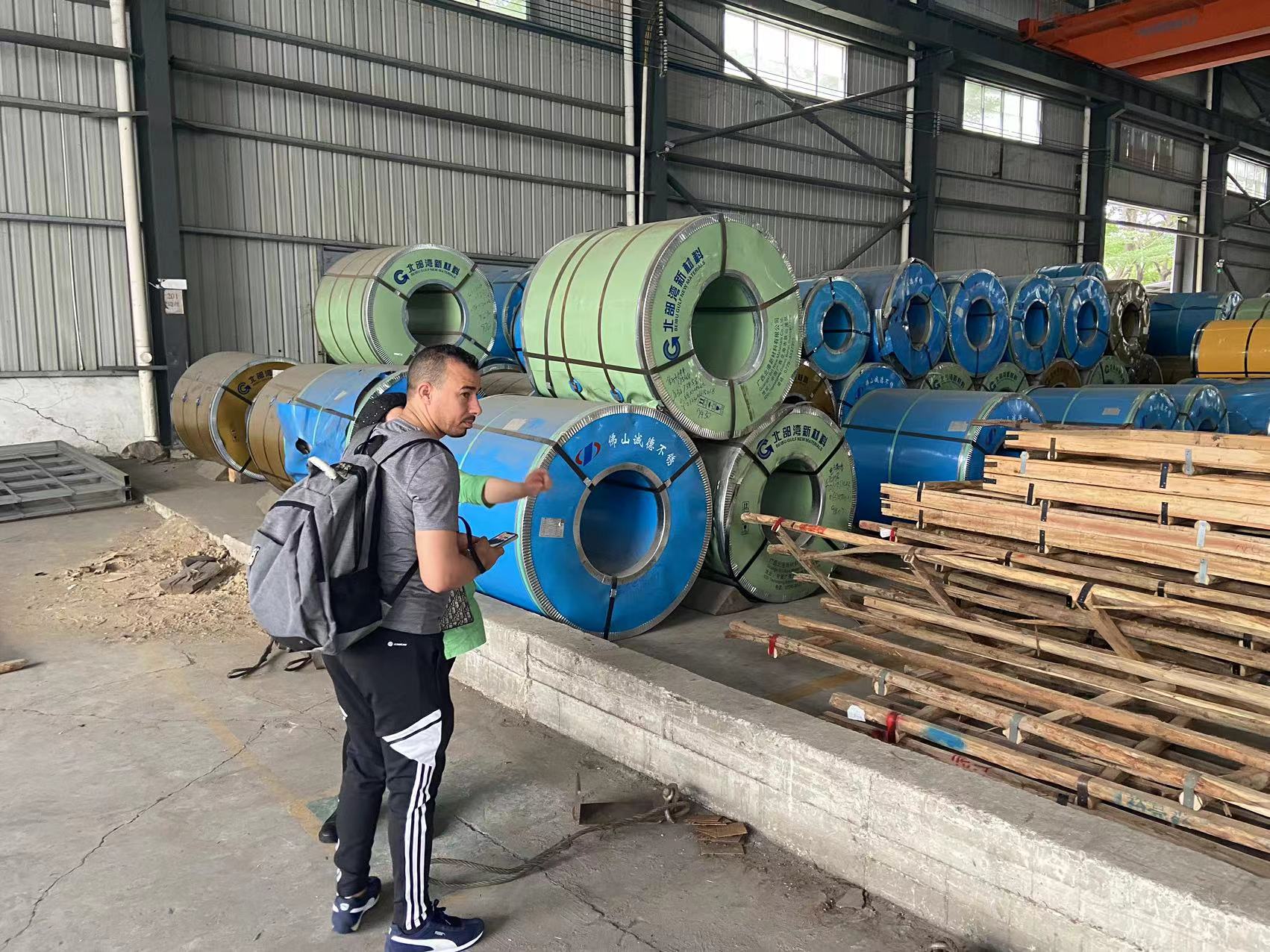
The import process involves a series of steps and procedures to ensure goods are legally and efficiently brought into a country from another. Here’s a brief overview in English:
-
Market Research and Sourcing: Identify potential suppliers and negotiate terms of trade, including price, quality, quantity, and delivery schedule.
-
Obtain Import License (if required): Depending on the goods, certain imports may require specific licenses or permits from the relevant government authorities.
-
Contract Formation: Finalize the purchase agreement with the foreign supplier, detailing all terms and conditions agreed upon.
-
Payment Arrangements: Arrange for payment, often through letters of credit, wire transfers, or other agreed-upon methods.
-
Shipping Arrangements: Coordinate with a freight forwarder or shipper to book space on a vessel or aircraft, and obtain a Bill of Lading (BOL) as proof of shipment.
-
Insurance: Purchase marine insurance to cover potential losses or damages during transit.
-
Customs Clearance:
- Preparation of Documents: Collect all necessary documents such as commercial invoice, packing list, certificate of origin, insurance certificate, and BOL.
- Customs Declaration: Submit these documents to the customs authorities of the importing country for assessment of duties and taxes.
- Payment of Duties and Taxes: Settle any applicable import duties, VAT, or other taxes as required by local regulations.
-
Inspection and Quarantine (if applicable): Certain goods may require inspection by local health, safety, or agricultural authorities to ensure compliance with regulations.
-
Release of Goods: Upon successful customs clearance and any required inspections, the goods are released for delivery to the final destination.
-
Delivery and Receipt: Arrange for local transportation to move the goods from the port or airport to the final destination, and confirm receipt with the supplier and any intermediaries involved.
-
Post-Import Formalities: Maintain records of imports for compliance with financial reporting and tax regulations. Additionally, handle any post-sale support or warranty issues as needed.
Throughout the process, it’s crucial to stay updated with any changes in import regulations, tariffs, and customs procedures to avoid delays and additional costs.
Above is all process, importing
-
Buy Stainless Steel Online
-
Carbon Steel Suppliers Near Me
-
Best Steel for Construction
-
Durable Steel Solutions
-
Affordable Steel Products
-
Premium Steel Grades
-
Reliable Steel Manufacturer
-
Global Steel Exporter
-
Sustainable Steel Products
-
Eco-Friendly Steel Solutions




